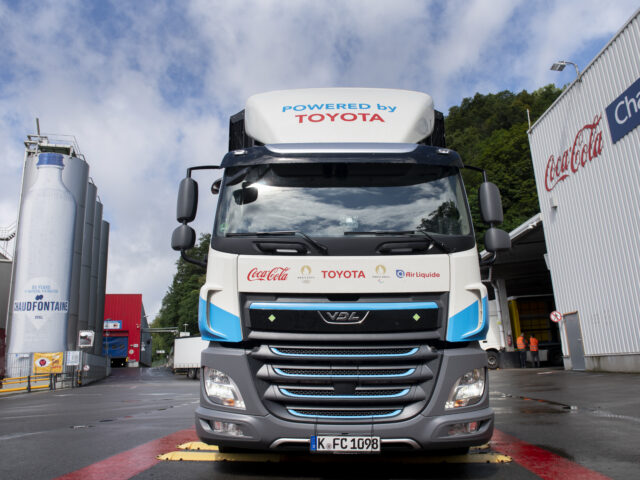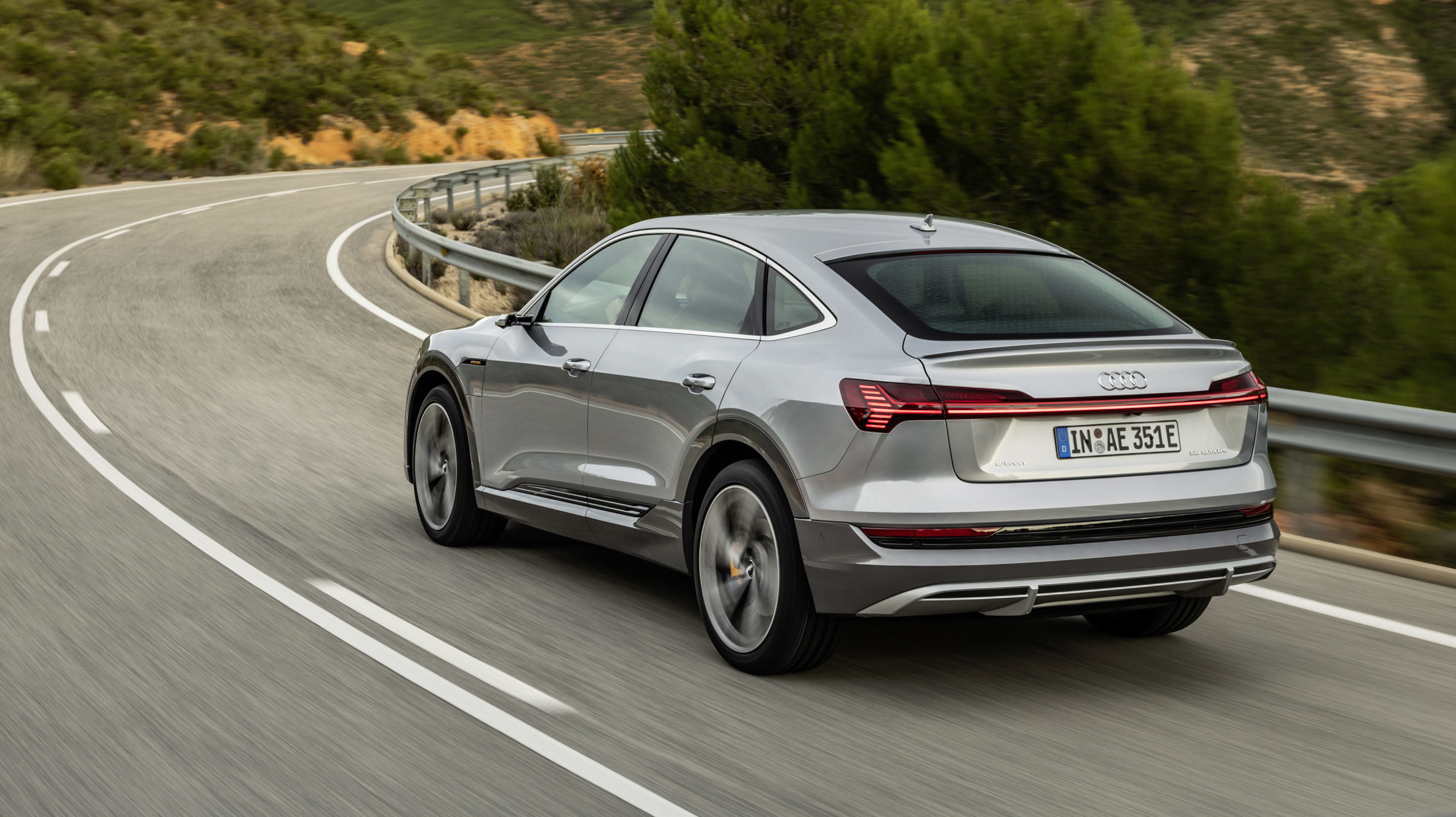
The car market (2): EVs booming, over 50% in Norway

The Brussels-made Audi e-tron (sportback version pictured) was last year’s bestseller in Norway /Audi
All over the world, car sales have suffered from the corona pandemic. However, 2020 is also the year of the beginning breakthrough of the el


Comments
Ready to join the conversation?
You must be an active subscriber to leave a comment.
Subscribe Today